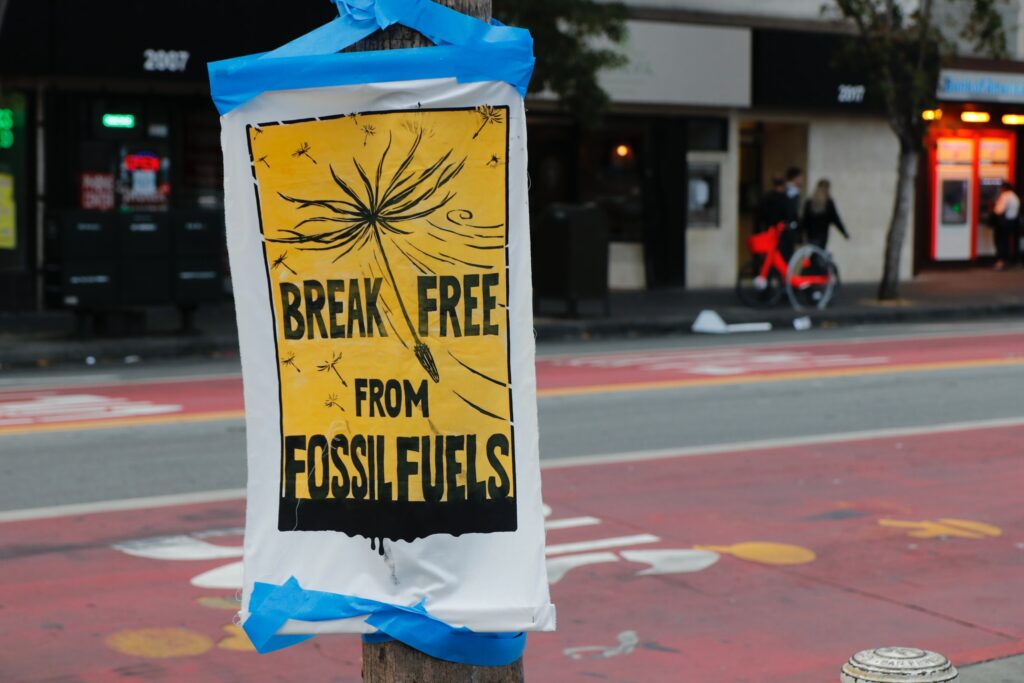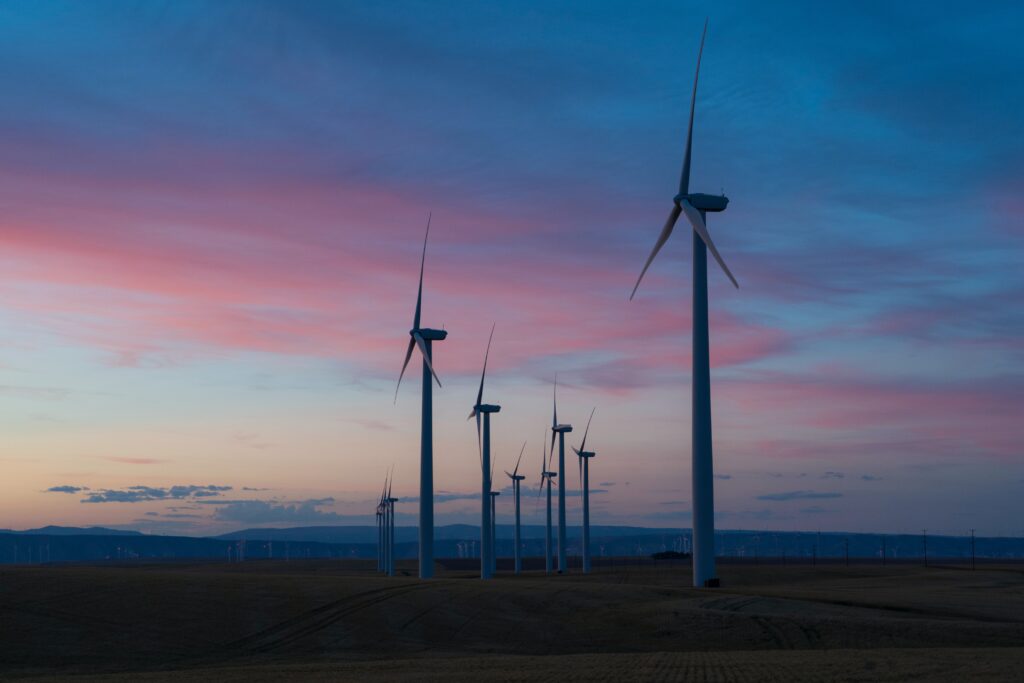The International Stalemate on Fossil Fuel Phase-Out at COP28
December 11, 2023 | By: Peter Doo
It was not surprising that countries clashed on Saturday over the phase out of fossil fuels with OPEC nations and Russia insisting that the conference focus on emissions and not on specific sources, i.e. fossil fuels. Representing the alternate view, more than 80 countries (now over 100 countries) including the United States, the European Union and many climate vulnerable countries demanded that COP28 call for a clear phase out of fossil fuels, the primary driver of climate change. Johan Rockström, Director of the Potsdam Institute for Climate Impact Research, commented on this topic during a COP28 podcast. His comments provide a more nuanced description of what needs to be done and why.
Johan Rockström’s Expert Analysis on Climate Strategies and Emission Targets
 While we need a clear statement from this COP for the phase out of fossil fuels, “What we really need is a concrete plan for what happens between now and 2025 where we need to bend the global curve of emissions, what happens between 2025 and 2030 where we need to cut global emissions in half, and how we cut emissions by half every decade to reach a point by 2050 (where we will be near zero emissions) which has a full phase out of coal but still will have a phase down of oil and gas, because we have so many difficult to abate industries. That must be compensated with carbon dioxide removal.”
While we need a clear statement from this COP for the phase out of fossil fuels, “What we really need is a concrete plan for what happens between now and 2025 where we need to bend the global curve of emissions, what happens between 2025 and 2030 where we need to cut global emissions in half, and how we cut emissions by half every decade to reach a point by 2050 (where we will be near zero emissions) which has a full phase out of coal but still will have a phase down of oil and gas, because we have so many difficult to abate industries. That must be compensated with carbon dioxide removal.”
“We only have 250 billion tons of CO2 that we can allow ourselves to emit to provide a 50% chance of holding 1.5°C. The goal is to limit global warming to 1.5°C. Why? Because, beyond that point we risk unmanageable impacts from climate extremes such as floods, fires, and drought. We also risk crossing tipping points causing irreversible damage to the life support systems on planet earth.”
He goes on to discuss the need to scale negative carbon technologies to assist in getting us to net zero emissions by 2050 and to deal with the anticipated emissions from the residual use of fossil fuels beyond that date.
The Critical Role of Negative Carbon Technologies in Reaching Net-Zero by 2050
Johan Rockström is one of the leading climate scientists in the world. What strikes me about his statements is the clarity and honesty with which he presents our situation. We are not going to eliminate all fossil fuels by 2050 or, perhaps, for a considerable time beyond that. But we need to offset the residual carbon through other means. The significance of 1.5°C is how humans will be affected if we exceed this threshold. The importance of reducing carbon emissions by 50% by 2030 gives us the best chance to achieve net zero emissions by 2050. AND, getting to zero by 2050 only gives us a 50% chance of limiting global warming to 1.5°C. This won’t be easy but it must be done. So far, the climate scientists have been pretty good about predicting what was going to happen to the planet as it warmed.
There are many industry representatives attending COP. Over 90% of business representatives are lobbying against actions to address climate change. There are five times as many fossil fuel industry representatives as there are climate scientists. A leaked letter reveals that OPEC called on its members to “reject any text or formula that targets fossil fuels, rather than emission.”
As of this morning (Monday), this remains a highly contentious issue with the language of the first draft of the global stocktake considered insufficient on this issue. The conference, scheduled to end tomorrow, is very likely to run over.

The Promising Commitment of 120 Countries to Renewable Energy and Efficiency
The good news is that 120 countries have pledged to triple renewable energy production and double energy efficiency by 2030. This is not simply a matter of tripling the number of solar panels and windmills, grid stability will be a challenge. The solution will require the deployment of storage, smart grids, automated demand response and a host of other strategies and technologies. The good news is that the commitment is there. The Nature Conservancy (TNC) and Global Renewables Alliance (GRA) have agreed to work together to develop, establish, and deliver on a five-point Global Action Plan to achieve this goal.
There is much good work being done around climate finance, loss and damage, support for nature and natural systems, and climate justice.
Last Friday was Youth Day at COP. There are currently 1.8 billion people between the ages of 10 and 24, the largest youth generation in history. Climate impacts on youth including anxiety and stress over world governments to adequately address climate change are rising. Dr. Katherine Hayhoe says “talk to your children” and offers the Nature Conservancy’s Nature Lab as a resource to begin those conversations.
